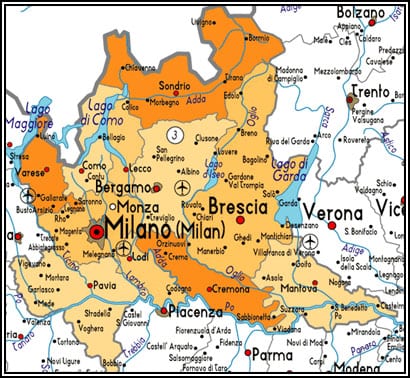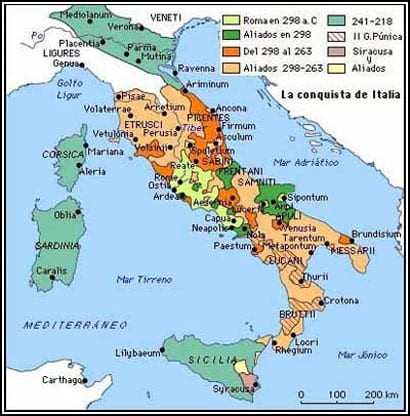
We continue our travels and we are going to stay in Europe, this time we are going to visit one of the Italian cities par excellence, known as the “fashion capital”Is one of the most cosmopolitan cities of all that Italy has. We are going to Milan! In this first post, and as usual, we will learn more about the history of the destination and thus have a different perspective of everything when we meet in the later parts of our visit.
The city is strategically located at the entrance to the Italian peninsula. Milan and the Lombardy region have been the subject of endless fighting for centuries and centuries. And peoples such as Celts, Romans, Goths, Lombards, Spaniards and Austrians have passed, ruling the city in some stages of its history and enriching it culturally among other aspects.

Current map of the Lombardy region
The origin of the city dates back to 400 BC when the Gauls settled in this area and defeated the Etruscans against the Celts who were about to invade the city. In 222 BC the Romans conquered the city and it was annexed to the Roman Empire under the name of Mediolanum and in 89 BC it became a permanent Latin colony after some attempted rebellions.
As early as 42 BC Rome officially recognized the city as part of its Italian territories and in 15 BC the emperor August made Milan the capital of the region of transpadania, including also the cities of Como, Bergamo, Pavia, Lodi and later Turin.
Due to the strategic position of the city (between the Italian peninsula and the areas beyond the Alps where the Romans wanted to extend their interests) its name changed to Second Rome and from AD 292, the city became the capital of the Empire of West.

Chronological map of Italy
After 313 AD, many churches were built and the first bishop was ordained, a very influential person named Ambrose (Ambroglio) who over time became the patron of Milan (Sant'Ambroglio) although the city was losing weight in the important Roman Empire
We come to the end of this first part dedicated to history. In subsequent installments we will gradually learn about the development of the city from the past to the present day.